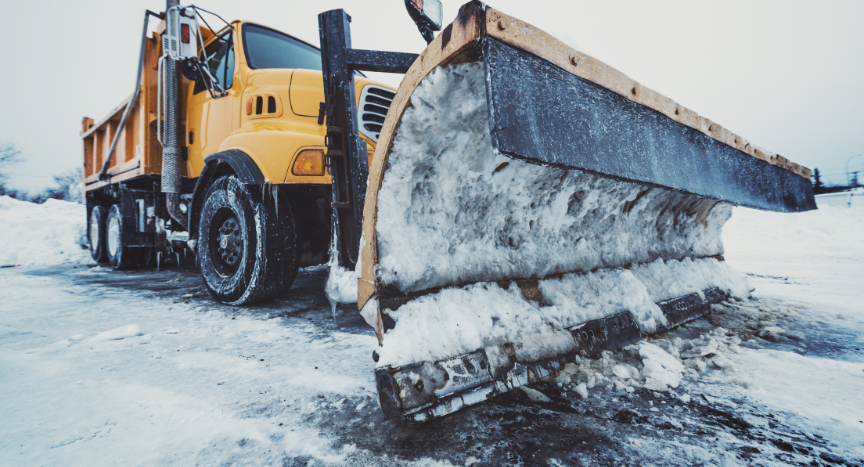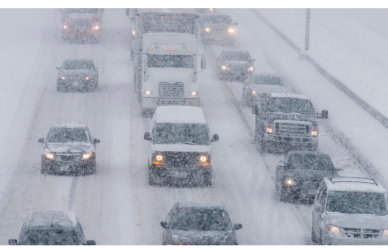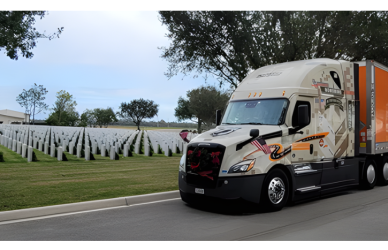Winter in Wyoming often brings heavy snowfall, icy roads, and poor visibility, making safe driving a challenging task. Snow plow operators from the Wyoming Department of Transportation (WYDOT) have already recorded incidents this season, with five plow strikes reported in their districts so far. To help keep everyone safe, WYDOT drivers have shared these crucial reminders for navigating icy roads and snowy conditions.
1. Plows Need Space to Work
Snow plows are large, powerful machines with significant blind spots. To avoid accidents, give them plenty of room and never follow too closely.
2. Avoid Passing While Plows Are Working
The safest place to drive is at least four car lengths behind a plow. Passing can be especially dangerous as plows use wing extensions to clear road shoulders, which aren’t always visible due to snow. Only pass when visibility is clear and it’s absolutely necessary.
3. Plows Operate Below the Speed Limit
Due to road conditions, plows usually operate at speeds of 45 mph or lower. They often pause to replenish salt or sand or make turns to plow in sections. Stay patient—slow and steady wins the winter driving race.
4. Don’t Race to Beat Road Closure Gates
WYDOT and state troopers sometimes manually close gates to shut down hazardous roads. Rushing to bypass these closures puts workers’ lives at risk. If gates are coming down, it’s always for a valid safety reason.
5. Be Wary of Tow Plows
Tow plows are impressive pieces of equipment that clear multiple lanes at once. While they increase efficiency, they require extra caution. Never try to pass until it’s completely safe and visibility is clear.
6. Watch Out for Snow Clouds
Plows can create low-visibility conditions by kicking up dense snow clouds while clearing roads. Flashing lights on plows may not always be visible through the cloud. Wait for visibility to improve before attempting to pass.
7. Not All Snowstorms Are the Same
WYDOT uses different methods to fight snow and ice, depending on conditions. Chemicals, salt, sand, or de-icing agents are adjusted based on temperatures and storm severity. Keep a safe distance from plows when materials are being spread.
8. Plowed Roads Can Still Be Slippery
Even after roads are treated, slippery patches or black ice may linger, especially around intersections, ramps, shaded sections, and bridges. Conditions can change rapidly, so always stay alert.
9. Be Patient with Plowing Operations
WYDOT follows a structured priority plan for snow removal. If your route hasn’t been plowed yet, rest assured it’s on their schedule. Avoid using cruise control, and always adjust your speed to match current conditions.
10. Plan Ahead for Safe Winter Travel
Before hitting the road, check the latest conditions on WYDOT’s website at www.wyoroad.info or call 1-888-WYOROAD. You can also sign up for WYDOT’s 511 Notify service to receive live updates on road closures and hazards.
Source: The Trucker











